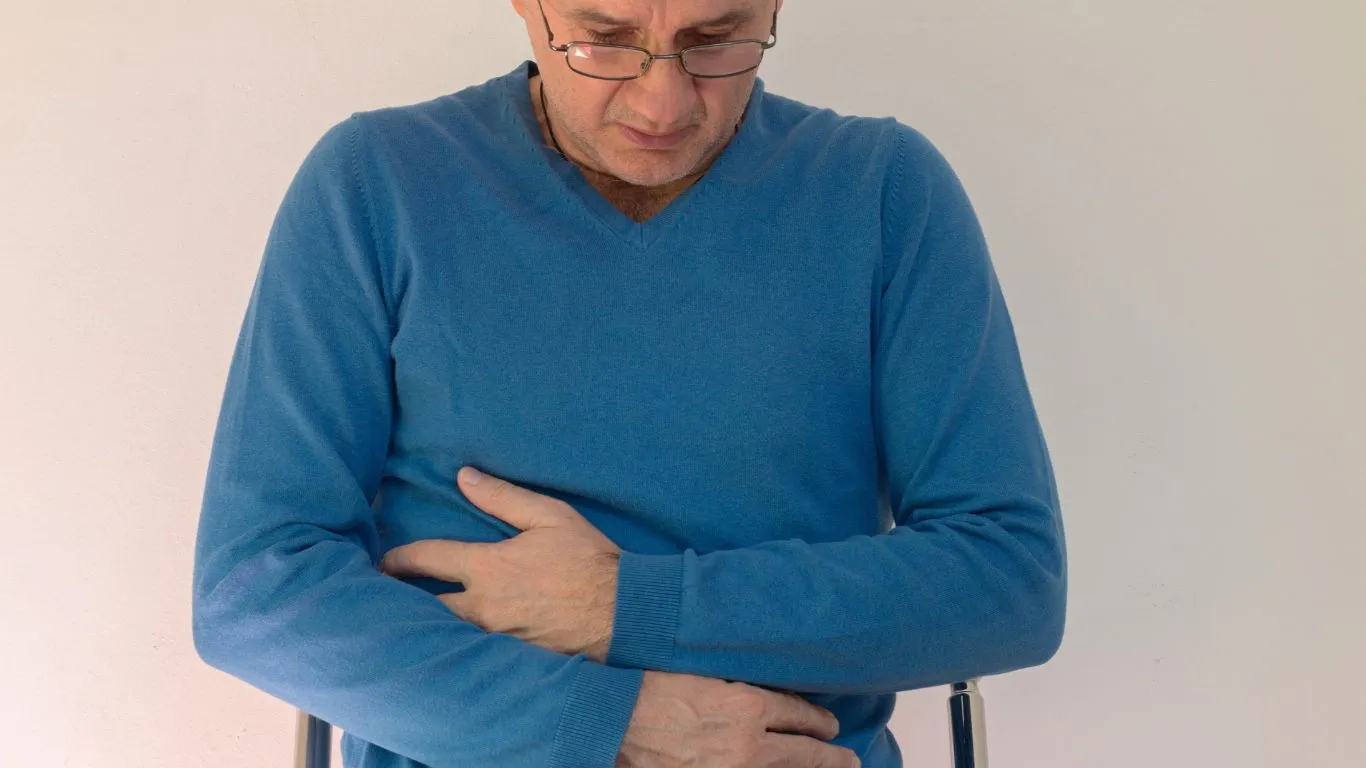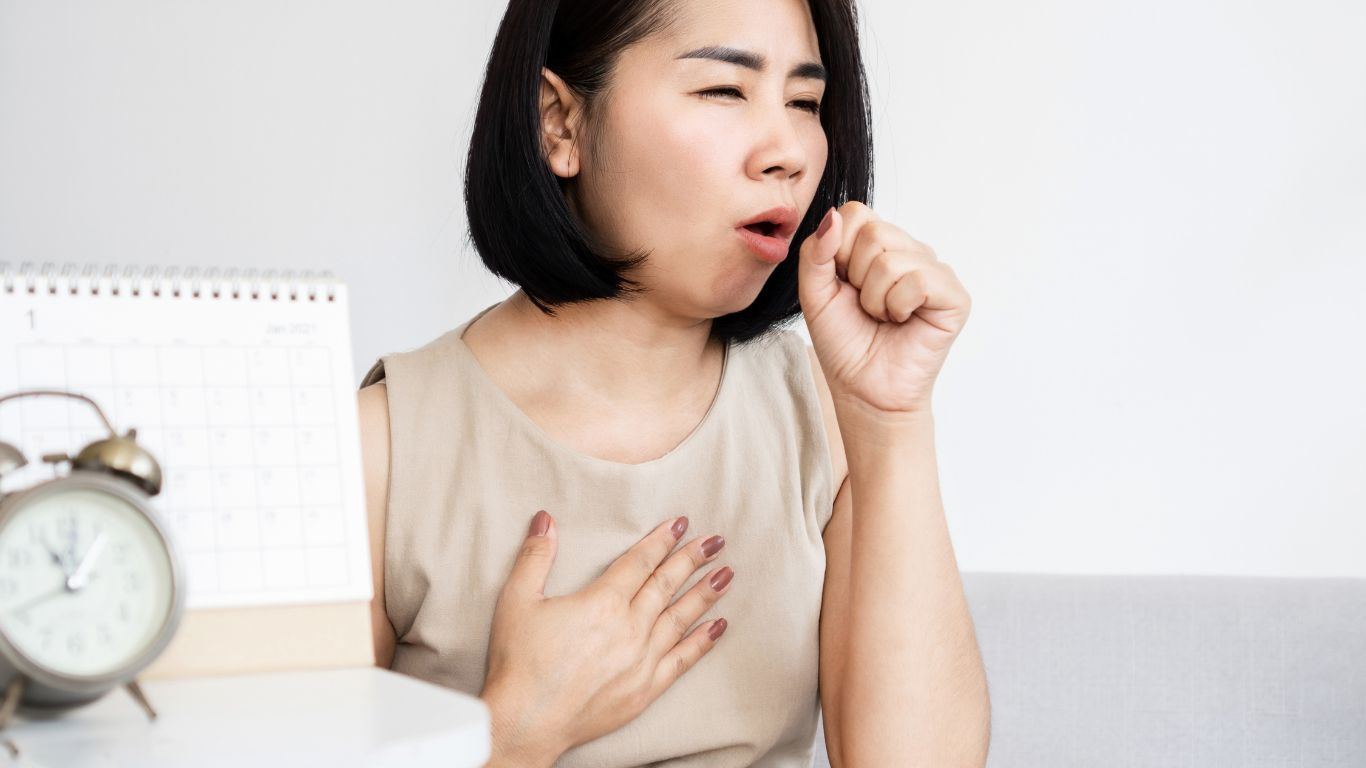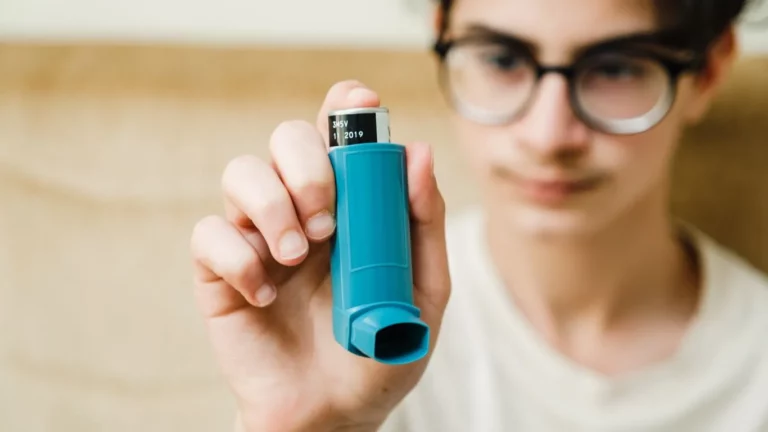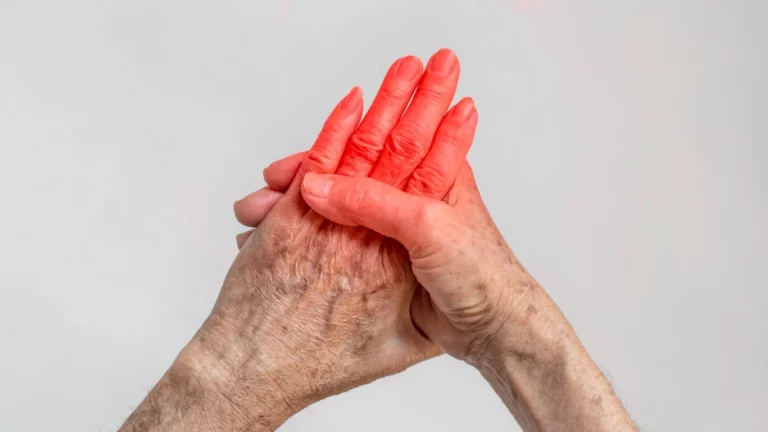Effective Ways to Relieve GERD and Upper Abdominal Discomfort Naturally
If you’ve ever had that burning, gnawing feeling in your chest after a meal or a strange tightness in your upper abdomen that doesn’t quite go away, you’re not alone. In my experience working as a Medical Assistant in a busy Gastroenterology clinic, *GERD and upper abdominal discomfort* were two of the most common complaints we heard day in and day out. What might surprise you is how often those symptoms get brushed off or misread as just “bad digestion” or “too much pizza.” But let me tell you—when patients finally come in for help, the real issue is usually a bit deeper than that.
What Is GERD and Why Is It So Common?

GERD, or Gastroesophageal Reflux Disease, is way more than just your average heartburn. Think of it as a chronic, more aggressive form of acid reflux. Basically, it happens when the muscle that keeps stomach acid in your stomach—the lower esophageal sphincter (LES)—gets lazy or weak and lets acid sneak back up into the esophagus. Ouch, right?
From my front-desk chats to helping in procedures, I saw how GERD could mess with someone’s entire day. It’s not just the physical discomfort—it’s the anxiety, the sleepless nights, the need to constantly monitor what you’re eating or drinking. One of our patients called it “a fire drill in her chest every night.” Not exactly how you want to end your day.
Why Do So Many People Have Upper Abdominal Discomfort?
Upper abdominal discomfort is often tied in with GERD, but it can also signal other issues like gastritis, ulcers, or even gallbladder problems. From my conversations with patients, the symptoms are usually described as:
- A dull ache right under the ribs
- Bloating after meals
- Feeling full way too quickly
- Occasional nausea or burping
What’s tricky is that people often ignore these signs, hoping they’ll just “work themselves out.” I get it—life gets busy. But the body has a way of nudging us until we listen. If you’re reaching for antacids more than once or twice a week, that’s a sign your gut might need more than a band-aid fix.
GERD and Upper Abdominal Discomfort: Symptoms You Shouldn’t Ignore

There’s a wide spectrum when it comes to symptoms. Some are subtle, while others shout loud and clear. Based on my clinical experience, here are the red flags I’d tell patients to watch out for:
- Persistent heartburn – More than twice a week? That’s not normal.
- Chest pain – Especially when it mimics heart-related pain. Always better to get it checked.
- Regurgitation – When food or sour liquid comes back up.
- Chronic cough or sore throat – Acid doesn’t just burn your esophagus, it can irritate your airways too.
- Feeling of a lump in the throat – We call this “globus sensation,” and it’s often linked to reflux.
One of our longtime patients, a 40-something teacher, used to wake up with a sore throat almost every morning. She thought it was allergies. Turns out, it was silent reflux—GERD without the heartburn. Once she got the right treatment plan, her mornings completely changed.
Is It GERD or Something Else?
Honestly, this is where it gets murky. GERD and upper abdominal discomfort often overlap with other GI conditions. I’ve seen patients come in thinking they had reflux, only to discover a peptic ulcer or delayed gastric emptying. That’s why it’s super important not to self-diagnose.
If your symptoms aren’t improving with lifestyle changes or over-the-counter meds, it’s time to see a specialist. In the clinic, we’d often start with a simple discussion and maybe order an upper endoscopy or pH test to see what’s really going on under the hood.
Common Triggers That Make GERD Worse

Over the years, I started recognizing a pattern with repeat patients. There are certain things that just consistently made symptoms worse, no matter who you were:
- Eating late at night – Gravity helps digestion. Lying down too soon after eating? Not your friend.
- Spicy or fatty foods – These can relax the LES, opening the door to acid reflux.
- Carbonated drinks – That fizzy soda? Triggers bloating and pressure.
- Smoking – It weakens the LES and delays healing.
- Stress – Yep, it’s a big one. Stress doesn’t cause GERD, but it sure doesn’t help.
Pro tip from the clinic: If you’re tracking your symptoms, keep a food and stress journal. We had so many patients finally spot the link between their eating habits and flare-ups once they saw the patterns written down.
How Lifestyle Tweaks Can Make a Huge Difference

If there’s one thing I’ve seen over and over again in the clinic, it’s how simple lifestyle changes can bring major relief for people struggling with GERD and upper abdominal discomfort. Now, don’t get me wrong—this isn’t a magical overnight fix. But when patients stick with it? Game-changer.
We had this one gentleman who swore by his nightly spicy ramen. He was skeptical when our doc suggested cutting it out, along with switching up meal timing and raising the head of his bed. Fast forward a month—he came in glowing, talking about his best sleep in years. All it took was a few adjustments.
Here’s what helped the most for many of our patients:
- Elevating the head of the bed – This one’s a clinic favorite. A 6- to 8-inch incline can help keep acid where it belongs.
- Portion control – Big meals = more pressure on your stomach. Try smaller, more frequent meals instead.
- Eating at least 2-3 hours before lying down – Let gravity work in your favor. Late-night snacks are not worth the burn.
- Wearing loose clothing – It sounds minor, but tight waistbands can squeeze the stomach and trigger reflux.
Small shifts can add up fast, especially when they’re consistent. Patients who were willing to test what worked for them usually saw the biggest changes. It’s all about tuning in to your own body and figuring out your personal triggers.
When Medication Becomes Part of the Plan

Now, sometimes lifestyle fixes just aren’t enough. And that’s okay! In our clinic, we often had to bring in the big guns—medications. The most common ones? Proton pump inhibitors (PPIs) and H2 blockers. These reduce the amount of acid your stomach makes, giving your esophagus a break so it can start healing.
I remember walking a patient through her PPI instructions—taking it first thing in the morning, empty stomach, 30 minutes before breakfast. She laughed and said, “This feels like a science experiment.” But after a couple of weeks, her voice was no longer hoarse and her chest didn’t burn every time she ate spaghetti. Totally worth it.
Common meds we used to see prescribed:
- Omeprazole (Prilosec)
- Esomeprazole (Nexium)
- Ranitidine or Famotidine (Pepcid) – These are H2 blockers, sometimes used alongside PPIs
Important: These aren’t meant to be forever meds. We always encouraged patients to work closely with their GI provider to taper off once symptoms were under control. Long-term use can have side effects like nutrient deficiencies or bone issues, so don’t go it alone.
Diagnostics: How We Really Know What’s Going On

One of the most eye-opening things for patients was understanding the “why” behind their symptoms. That’s where diagnostic tests came in. In the clinic, we did a lot of endoscopies, and let me tell you—it often surprised people how much you could learn from a quick peek inside.
Common tests we used for GERD and upper abdominal discomfort:
- Upper Endoscopy (EGD) – A flexible tube with a camera that checks for inflammation, ulcers, or structural issues.
- 24-hour pH monitoring – Measures acid levels in the esophagus. Great for catching silent reflux.
- Esophageal manometry – Assesses how well the muscles in the esophagus are working.
- Abdominal ultrasound – Especially helpful if we suspected gallbladder issues causing upper abdominal discomfort.
Patients often appreciated knowing we weren’t just guessing. I’ll never forget the relief on one woman’s face when she finally got a name for what she’d been dealing with for years. A little validation can go a long way.
Is It Time to See a Specialist?
If you’re reading this and still wondering whether it’s time to take your symptoms seriously—let me just say, trust your gut. Literally. GERD and upper abdominal discomfort don’t have to be part of your “normal.”
When I worked the phones, I could always tell when someone had been suffering in silence for too long. They’d describe months—sometimes years—of just powering through pain, hoping it would magically resolve. But when they finally made that first appointment? That was the start of real change.
Your symptoms are valid, and you deserve answers. Whether it’s through lifestyle shifts, medication, or testing, there are options. You don’t have to figure it all out alone. Partner with your provider, and advocate for your health. You’d be surprised how much better things can get with the right support.
Long-Term Management and When Surgery Might Be Necessary

After working with so many patients dealing with GERD and upper abdominal discomfort, one thing became crystal clear: managing these issues is often a marathon, not a sprint. For most folks, lifestyle changes and medications do the trick, but for some, symptoms can stick around stubbornly. That’s when we start talking about other options—including surgery.
I remember a patient who came in after years of battling reflux. She’d tried everything: diet changes, meds, even sleeping with her head elevated. Still, she’d wake up burning every night. For her, the next step was a procedure called fundoplication. It basically tightens that weak LES muscle to stop acid reflux. It’s not something to rush into, but for people whose quality of life is really impacted, it can be a lifesaver.
What to Expect from Long-Term Management
- Regular follow-ups: GERD isn’t a “set it and forget it” condition. Monitoring symptoms and adjusting treatment is key.
- Medication review: Over time, dosages might change or you might be able to step down treatment.
- Ongoing lifestyle habits: Staying away from known triggers and maintaining good habits like not eating late.
- Recognizing complications: Sometimes GERD can lead to issues like Barrett’s esophagus, so staying on top of screenings is important.
It’s all about balance and being proactive. I always encouraged patients to keep the conversation open with their healthcare team. Your symptoms can change, and your treatment should too.
Myths and Facts About GERD and Upper Abdominal Discomfort

With so much info floating around, it’s easy to get confused about what’s true and what’s not when it comes to GERD. From my time in the clinic, here are a few myths I busted more than once:
Myth #1: Heartburn is just a minor annoyance, not a real medical issue.
Fact: Frequent heartburn can seriously damage your esophagus if left untreated. It’s not something to ignore or just “tough out.”
Myth #2: Only spicy foods cause reflux.
Fact: While spicy foods can trigger symptoms for some, fatty foods, caffeine, alcohol, and even stress can be just as bad or worse.
Myth #3: GERD will always show obvious symptoms.
Fact: Silent reflux can cause upper abdominal discomfort, cough, or throat irritation without the classic heartburn. It’s sneaky!
Myth #4: Surgery is the only “real” cure.
Fact: Many people manage GERD successfully without surgery through lifestyle and medication. Surgery is usually a last resort.
Clearing up these misunderstandings can make a huge difference in how people approach their care. From firsthand experience, informed patients tend to feel more empowered and confident about their treatment decisions.
Tips for Living Well With GERD and Upper Abdominal Discomfort
Beyond the clinical advice, here are some practical tips I picked up while chatting with patients and witnessing their journeys firsthand:
- Keep a symptom diary: Note what you eat, your activities, stress levels, and symptoms. Patterns can be surprising.
- Don’t skip meals: Going too long without eating can increase acid production, which can irritate your stomach.
- Stay hydrated: Water helps with digestion and dilutes stomach acid.
- Manage stress: Whether it’s meditation, walking, or chatting with friends, reducing stress can ease symptoms.
- Get enough sleep: Poor sleep worsens reflux symptoms, so aim for a consistent routine.
One of my patients swore by chewing gum after meals to increase saliva production, which helps neutralize acid. Little hacks like that, combined with medical guidance, made all the difference for her.
References
- American Gastroenterological Association
- Mayo Clinic
- National Institute of Diabetes and Digestive and Kidney Diseases (NIDDK)
Disclaimer
This article is for informational purposes only and does not substitute professional medical advice, diagnosis, or treatment. Always consult your healthcare provider with any questions you may have regarding a medical condition.

Camellia Wulansari is a dedicated Medical Assistant at a local clinic and a passionate health writer at Healthusias.com. With years of hands-on experience in patient care and a deep interest in preventive medicine, she bridges the gap between clinical knowledge and accessible health information. Camellia specializes in writing about digestive health, chronic conditions like GERD and hypertension, respiratory issues, and autoimmune diseases, aiming to empower readers with practical, easy-to-understand insights. When she’s not assisting patients or writing, you’ll find her enjoying quiet mornings with coffee and a medical journal in hand—or jamming to her favorite metal band, Lamb of God.






